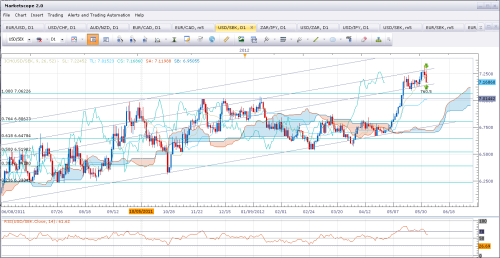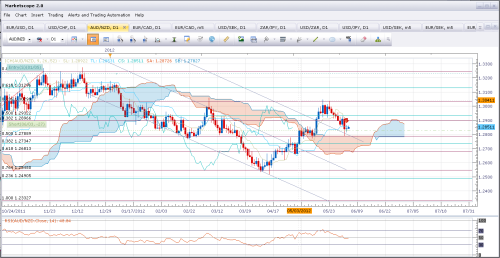Buying coins in Hong Kong doesn’t have to be daunting. Apart from obviously staying away from the modern counterfeits, the free port actually offers a very good selection at quite good bargains – for American coins. The geographic mispricing that basically drives the theory of buying Asian numismatics in the states also works the other way around.
I just picked up this 1876 S trade dollar, improperly cleaned and slightly damaged (VF35 details?) for HKD500 the other day. Haven’t done too bad (hopefully) for my first purchase, since I haven’t really seen trades at this condition for under $100 for a few years.
So a few notes on noodling the HK market for American coins: (ALWAYS WATCH FOR FAKES)
1. Be prepared. That means Red Book, loupe, scale, and a couple of genuine coins to compare with. I can’t stress how important the scale is, as the prevalence of counterfeits is quite high here. If you need to buy a scale, go to one of the kitchen supply shops on Shanghai Street in Yau Ma Tei (near the intersection with Wing Sing Lane) and get one for HKD50. It’s a trouble to lug, but well worth it considering the downside risks.
2. Go to smaller private shops. They need to move coins, and given the dead volume for American coins in HK, you can talk down the price quite a lot. Best thing to do as an American is point at it, ask for the price, and then give your own price (on a calculator). But don’t go to street stalls. That’s just a bad move.
Where to buy coins in HK? A good place is the Mong Kok market on Soy Street (4 levels of numismatics!) They mostly deal with Asian numismatics, but there are a few stalls with American coins. I’ll add the exact address later with a picture, but if I don’t get around, feel free to leave a comment.
3. Look for the uncommon coins. It’s really not worth buying common Morgans or Peace dollars (I even saw a blue Ike in the mix) for more than spot (ie, what you can do in the states). We’re looking for high economic/collection efficiency here!
4. Never be afraid to walk away. I mean never. If you can’t get a very good deal, just leave. Unless you know, they happen to have a genuine stella or some other R3, 4 coin. Then remember to bargain hard (30-40% off US wholesale seems reasonable).
5. Always, always, always be vigilant and look for counterfeits. Same concept as in the states, but just two gears higher.
========
I’ll add more as summer progresses. Though the HK market of US coins are mostly silvers, I would really want to find a misidentified colonial copper or historically significant coin that the dealer doesn’t realize.
To the best of good collecting, and remember to stay away from fakes!


















